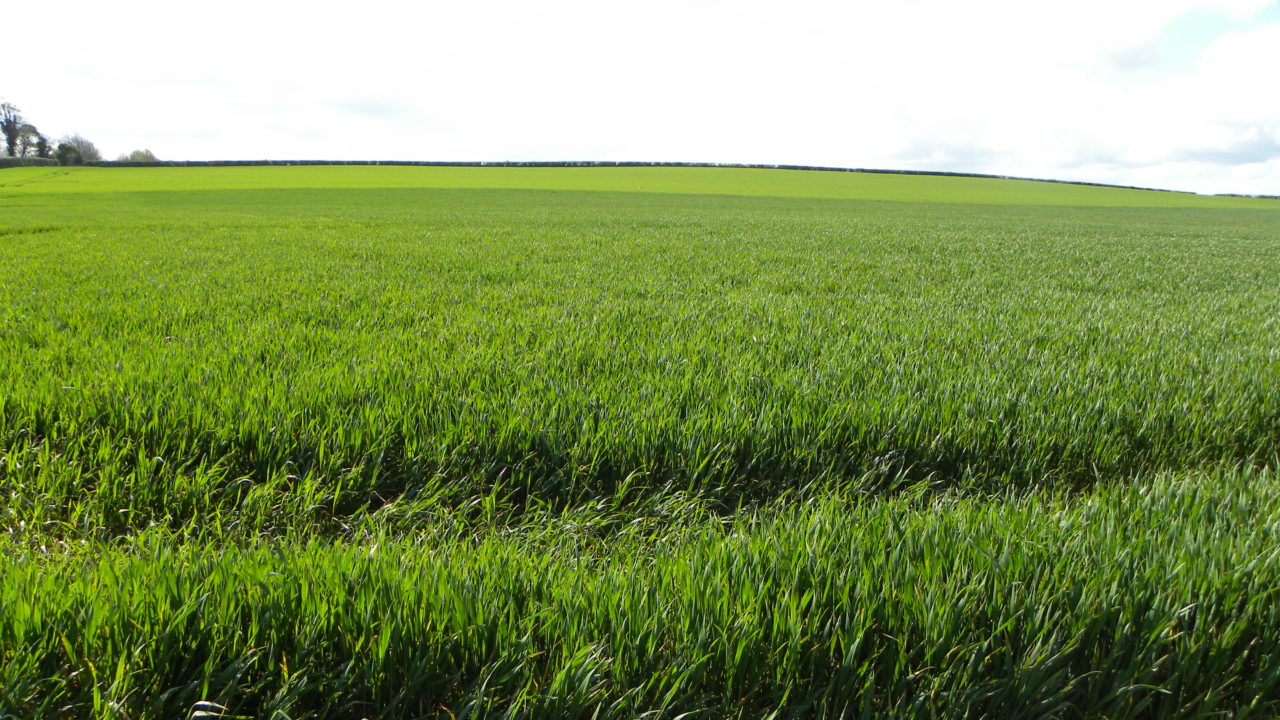April is the month when winter barley crops develop the fastest and the demand for plant nutrition is at its highest.
Depending on the total amount of nitrogen (N) to be used, growers should make sure that they apply the last split before Growth Stage (GS) 32, according to advice from Teagasc.
Barley crops do not use late N efficiently. In order to maximise yields, N must be working before the flag leaf is visible. Manganese deficiency is also quite common in barley crops and needs attention.
Where disease control is concerned, Teagasc is reporting that the decision to use a two or three-spray strategy will depend on the variety and location.
Growers should use a three-spray programme on susceptible varieties (e.g., cassia), or where disease levels are moderate or high. This is especially so especially in the southern half of the country.
However, with crops in the northern half of the country on clean varieties, growers may be able to get away with two applications.
A suggested spray plan follows: First spray – GS30; second spray – GS31 to 33; and third spray – GS39 to 49.
Fungicides that can be used include: Siltra at 0.6L/ha; Decoy copacks; Elatus Era at 0.8L/ha; MacFare Xpro or, Proline at 0.4L/ha plus a SDHI or strobilurin (Imtrex, Zulu, etc.)
Where mildew is evident, a mildewicide should be used. In addition, Folpet can be added to the last spray for the control of ramularia.
Plant growth regulator for winter barley and crops
Growers should aim to apply a plant growth regulator (PGR) on two-row varieties between GS32 and GS37 for effective shortening.
Products that can be used in this context include Terpal at 1.2-1.5L/ha, Cerone at 0.5-0.7L/ha and Meddax Max at 0.3-0.5kg/ha.
For six-row varieties or two-row varieties on very fertile sites, two applications are generally required.
Growers should consider a mix of Moddus at 0.2L/ha plus Chlormequat chloride (CCC) at 1.0L/ha around GS30 or 31. This would be repeated at the normal timing at GS32-37.
Farmers should be very watchful of the weather when applying PGRs.
Frost will lessen the effect of the products, while also increasing the possibility of scorching. Growers should also avoid complicated mixes, as crops can be prone to scorch at this time of year.
Meanwhile in Northern Ireland, College of Agriculture, Food and Rural Enterprise (CAFRE) advisors are confirming high levels of mildew and rhynchosporium infection in some forward winter barley crops.
The advice here is to keep fungicide rates high, particularly if a T0 fungicide was not applied or T1 has yet to go on.

